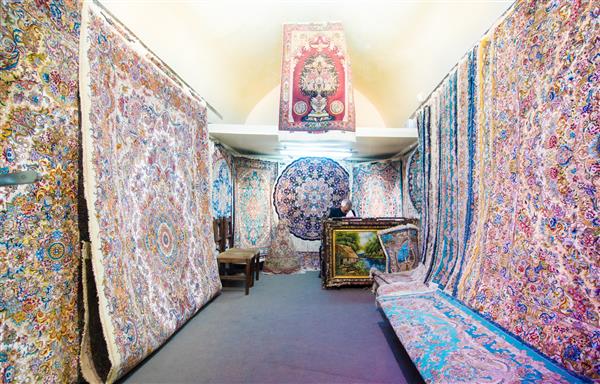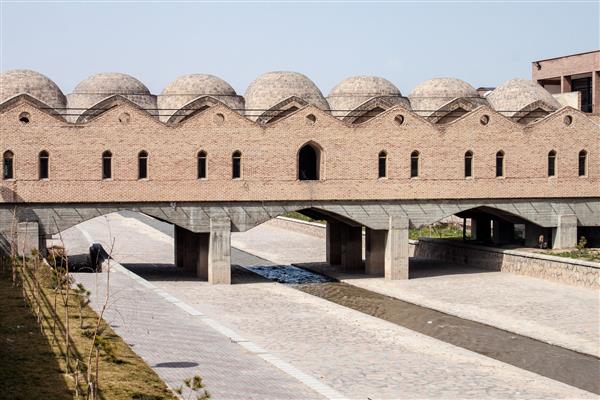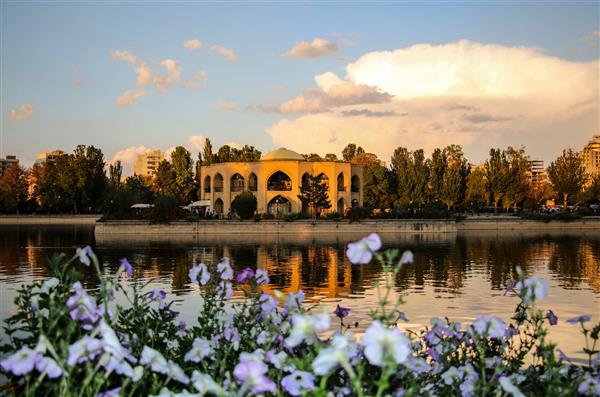Tabriz: The Heart of Northwestern Iran
Nestled among the mountains of northwestern Iran, Tabriz stands as a vibrant city with a rich history, a bustling economy, and a diverse cultural tapestry. Its strategic location, industrial prowess, and historical significance make it a jewel in Iran's cultural and economic landscape. Let's explore the essence of Tabriz:
Geographical Location:
Tabriz is located in the northwestern part of Iran, nestled on the slopes of the Sahand Mountain, a volcanic peak.
Surrounded by mountains in the north, south, and east, and bordered by flatlands and the Talkherud salt marsh in the west, Tabriz's landscape is a unique blend of natural beauty and urban life.
The city's elevation varies from 1,350 to 1,550 meters above sea level, resulting in distinct seasons with cold winters and warm, arid summers.
Administrative Divisions:
Tabriz is divided into two districts: "Markazi" and "Khosro Shah."
It encompasses three cities: "Tabriz," "Sar Dorud," and "Khosro Shah," along with 75 rural districts.
As the most populous city in East Azerbaijan province and the largest city in northwestern Iran, Tabriz serves as a regional hub.

Transportation Hub:
The city's significance has grown with improved transportation infrastructure, particularly the Tabriz-Zanjan highway, leading to an increase in passenger travel.
Tabriz's historical role as a vital crossroads along the Silk Road has earned it the moniker "Gate of the Orient."
Economic and Commercial Significance:
Tabriz is a major center for commerce, industry, economics, and culture in Iran.
Its prime geographical location, at the crossroads of major routes, has attracted private sector investments, leading to economic growth.
The city consistently ranks first among Iranian cities in attracting investment, reflecting its dynamic business environment.
Industrial Development:
Tabriz is Iran's second-largest industrial city after Tehran, boasting a diverse industrial landscape.
Its industrial growth has led to significant immigration, with people seeking opportunities and contributing to the city's development.
Tabriz is also recognized as the second-largest tower constructing city in Iran, signifying urban progress.

Industrial Productions:
The city is known for its wide range of industrial productions, including foodstuffs, chemicals, non-metallic minerals, basic metals, textile and carpet machinery, and machinery and equipment industries.
Handicrafts and Arts:
Tabriz has a rich tradition of handicrafts, with a particular emphasis on carpet production.
Its handmade carpets, such as those from Tabriz and Maragheh, are celebrated worldwide for their unique designs and superior quality, contributing significantly to foreign exchange earnings for Iran.
Cultural and Linguistic Diversity:
Tabriz is home to a diverse population representing various ethnicities and religious groups.
The majority of residents speak in the Turki (Azari) language.
Historically, Tabriz was a center for Shia Islam, and today, many of its residents follow the Asna Ashari Shia branch of Islam.
In summary, Tabriz is a city where the past meets the present, where natural beauty harmonizes with industrial might, and where diverse cultures come together in a dynamic urban landscape. It serves as a beacon of commerce, culture, and progress in northwestern Iran, attracting visitors and investors alike. Tabriz's unique blend of tradition, industry, and cultural diversity continues to shape its identity and significance in Iran and the broader region.


